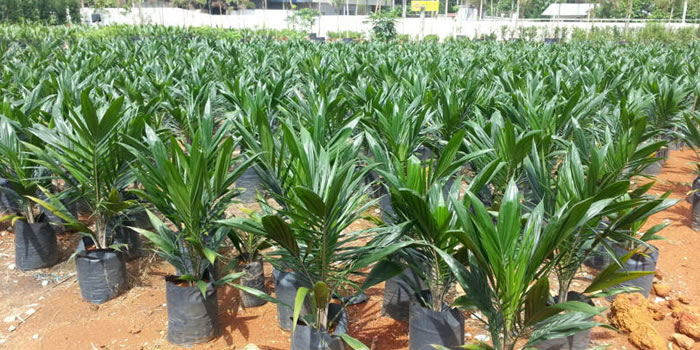

Agricultural Activities
Introductions
Agricultural is a crucial sector for reducing poverty and achieving the Millennium Development Goals (MDGS) in Ghana. Agriculture has been the mainstay of the Ghanaian economy, particularly in the rural areas. But the Food and Agriculture Organization (FAO) has noted that despite the unquestionable importance of agriculture, it is arguably the least known sector in terms of statistics, (FAO). Any strategy geared towards reducing poverty and food insecurity must be based on timely information that can help to measure the impact of agricultural policies and programs.
According to the 2010 PHC, majority of the economically active populations in the District are engaged in agriculture. The main vegetation cover , rich good soils, and climatic conditions is conducive for the production of a variety of cash and food crops. Help from the Oil Palm Research Institute (OPRI), and the University of Ghana Agricultural Research Station have given the District some added advantage in agriculture. This chapter presents analysis of data on the agricultural activities in the District, with the main focus on households in agriculture and types of farming engaged in.
Households in Agriculture
An agricultural household is one that engages generally in agricultural activities or a household is said to be in agricultural household if at least one of its members engages in agricultural production even if not earning from agricultural alone. Figure 7.1 shows that 55.9 percent of households in the District are engaged in agriculture.
This is slightly less than the regional average of 59.2 percent. Figure 7.1 further shows that there are relatively higher rural agricultural households (72.8%) than households in urban areas (43.9%) at the time of the census. This picture is not different from the regional average where76.1 percent of rural households are into agriculture. There is relatively a larger percentage of agricultural households in the District disputing the long held notion that Denkyembuor is a mining District.
Types of Farming
The 2010 PHC collected information on the following types of agricultural activities in which members of households are engaged in. The type of agricultural activity engaged in by the agricultural households in the District is presented in Table 7.1 There are 11,346 (55.9%) households in the District engaged in various farming activities. Crop farming is the predominant activity among agricultural households (94.7%) in the district followed by livestock rearing (31.6%). Only 35 and 14 households are engaged in tree growing and fish farming respectively in the District. As expected, the percentage of rural households is higher than that of urban households engaged in farming activities.
Type of livestock rearing
The census reported that a total of 80,158 livestock of different species are reared in the District as indicated in Table 7.2. In table 7.2, the major livestock reared by majority of households are birds with chicken, being the highest, constituting 67.9 percent. Among the ruminants, goat rearing (16.5%) is the highest followed by sheep (6.0%). About one percent of livestock reared are cattle.
With regards to livestock keepers, majority of the keepers are into chicken rearing with 49.4 percent followed by goat keepers (32.2%).
Date Created : 11/24/2017 2:32:04 AM













 facebook
facebook
 twitter
twitter
 Youtube
Youtube
 +233 593 831 280
+233 593 831 280 0800 430 430
0800 430 430 GPS: GE-231-4383
GPS: GE-231-4383 info@ghanadistricts.com
info@ghanadistricts.com Box GP1044, Accra, Ghana
Box GP1044, Accra, Ghana